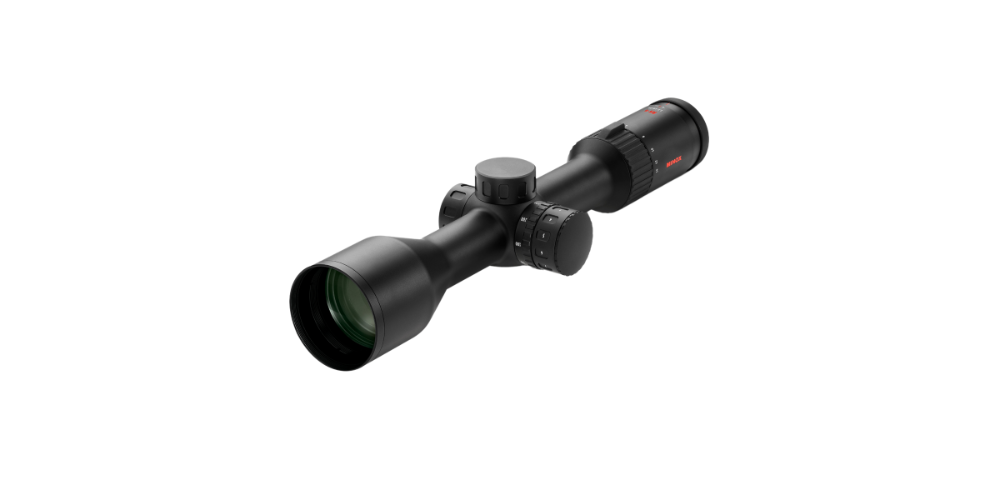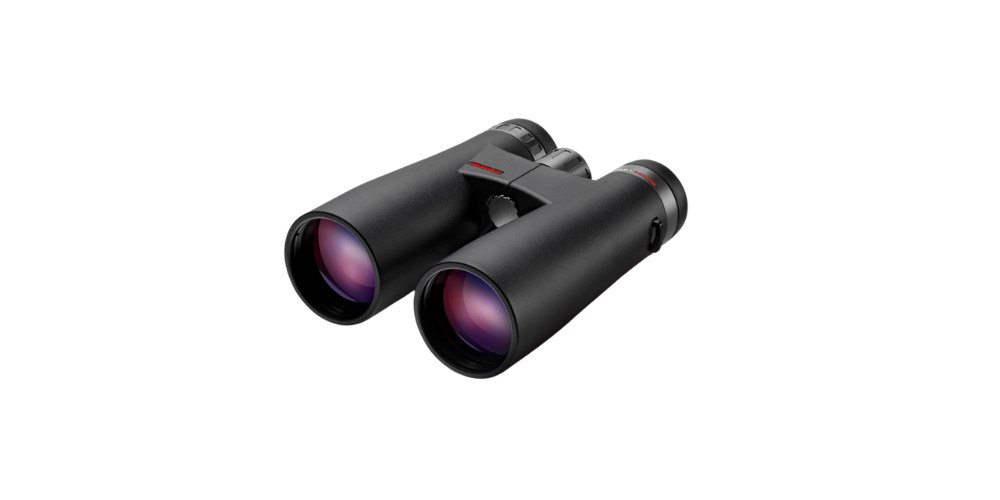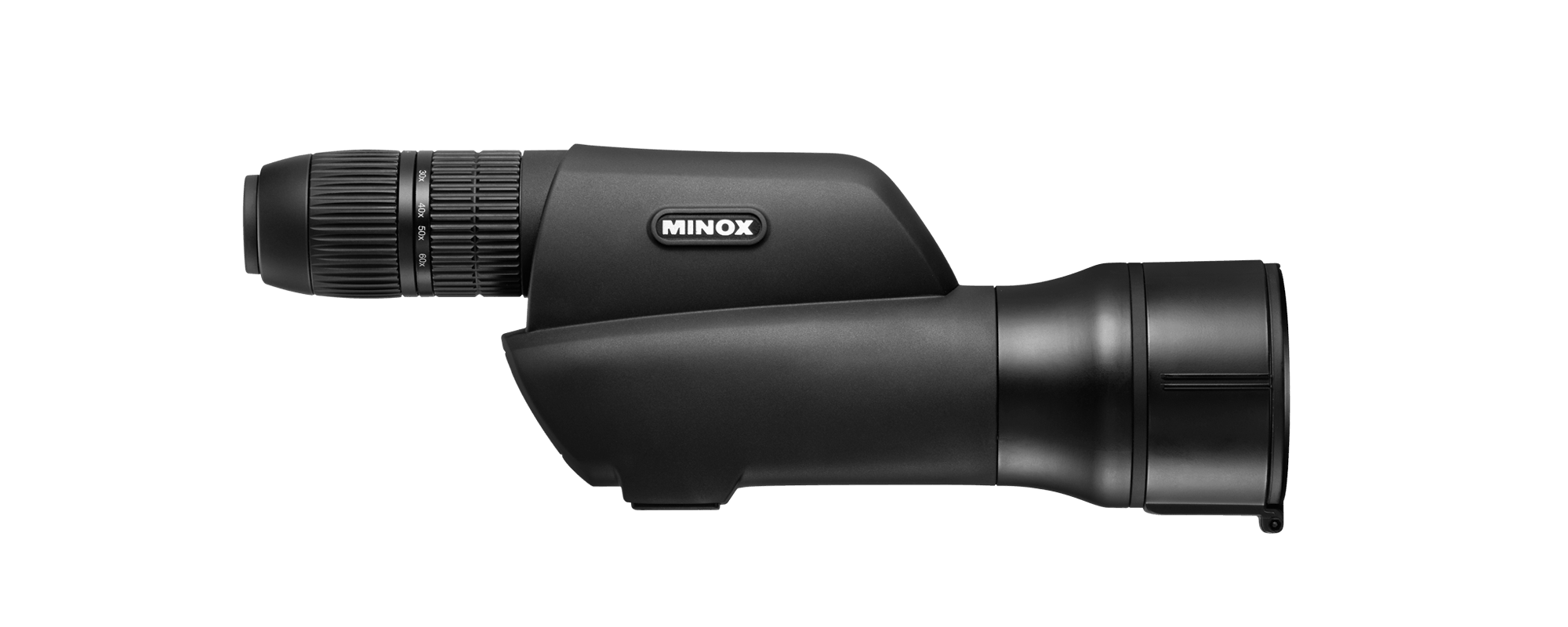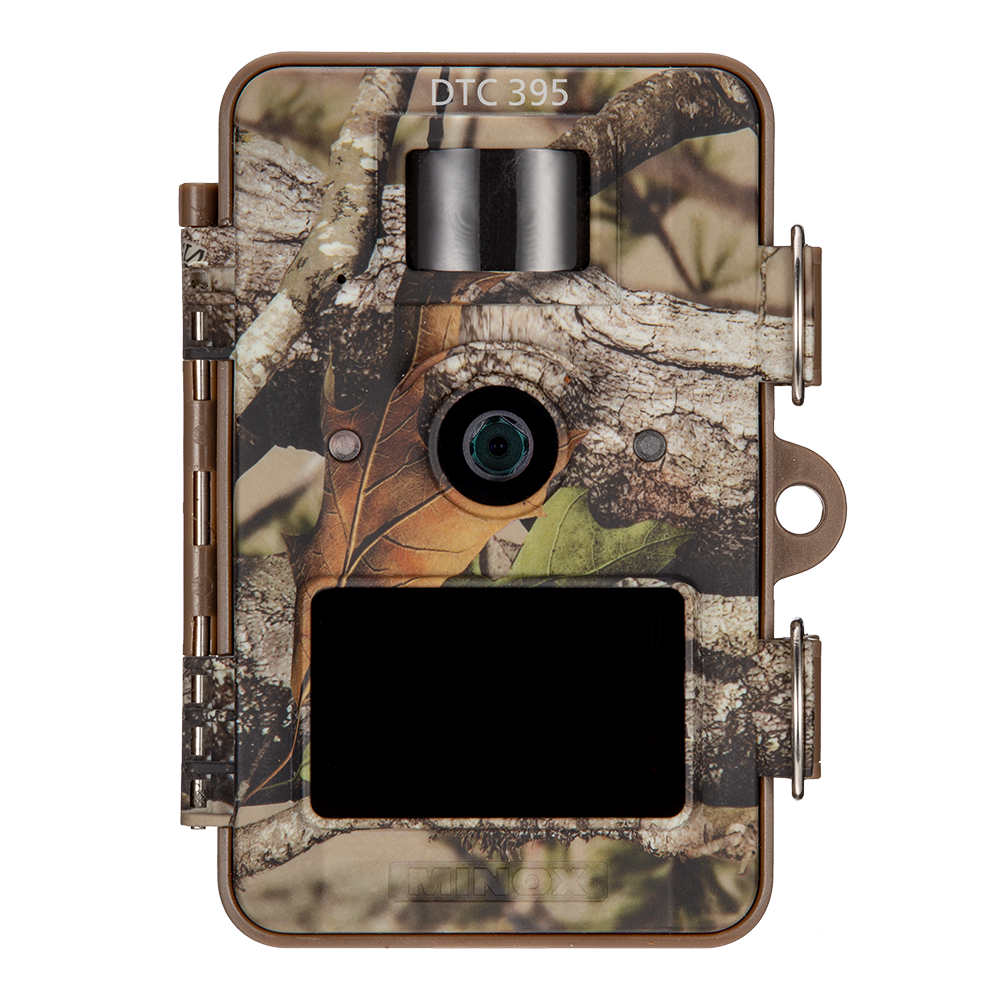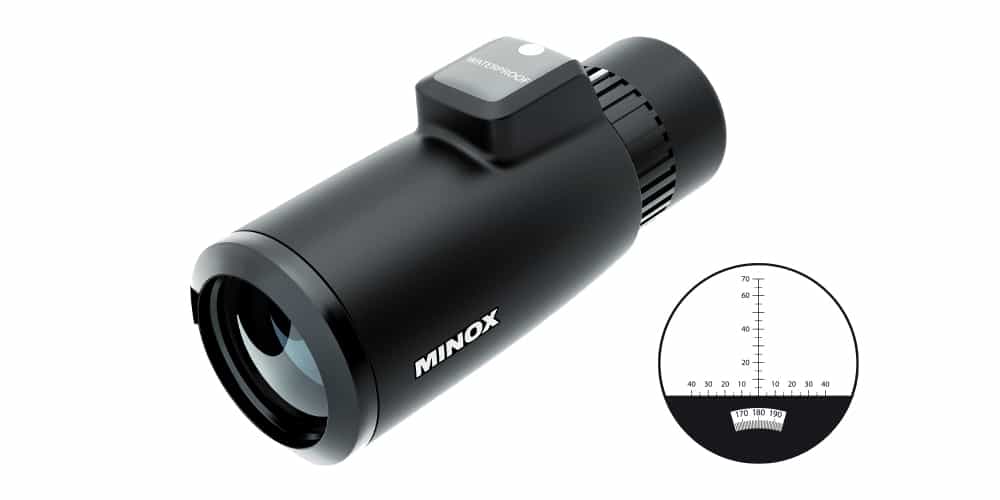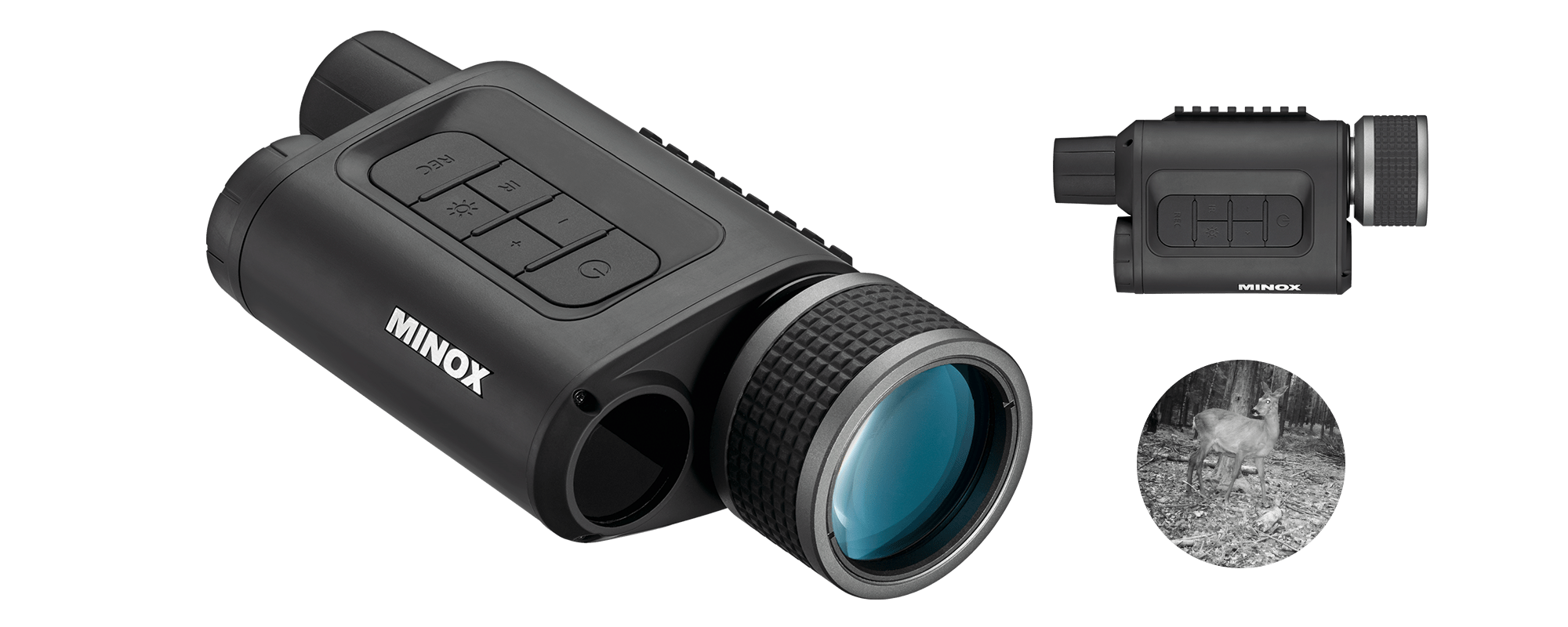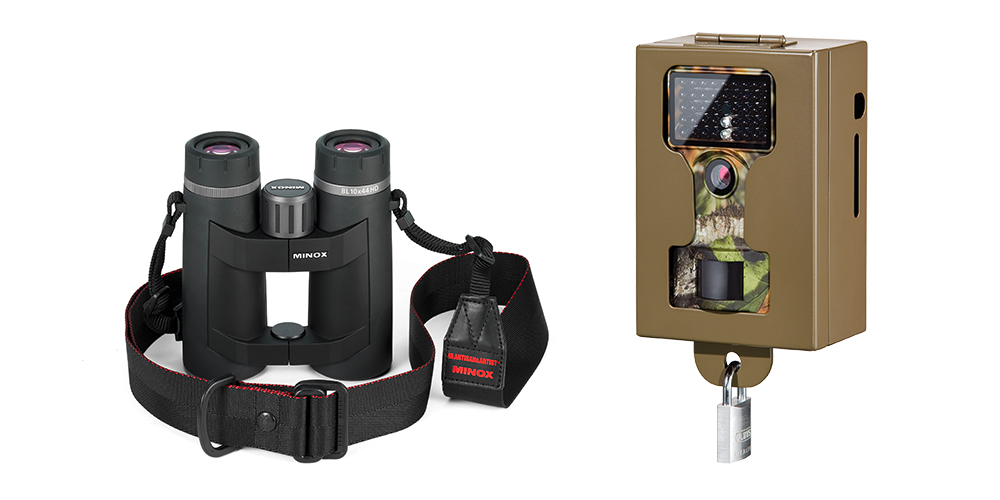
TEST REPORT
MINOX Pro ZP 5 5-25 x 56 MR 2
Can the riflescope deliver what is promised here?
The MINOX PRO ZP 5 was tested over 6 months at home and abroad from the height of summer right through to the mountain winter and we were thrilled. In heat, constant rain, snowstorms and even a fall during a descent in the high mountains, this optic had to endure a lot.
Technical details
The Minox ZP 5 riflescope series was developed for ambitious shooters and hunters as well as the law enforcement agencies. The technical features leave almost nothing to be desired.
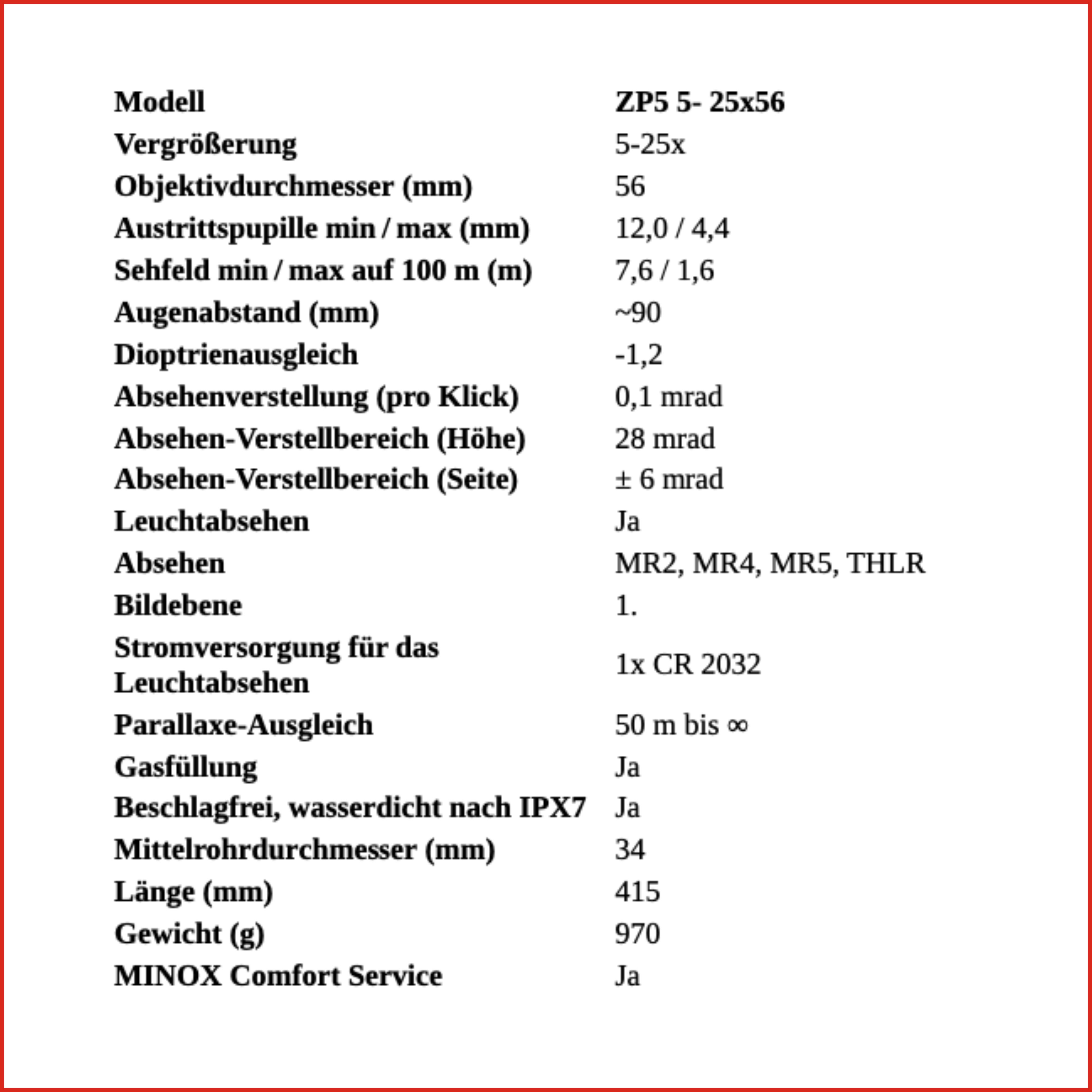
Unboxing
The first surprise awaits you when you unpack the MINOX (ZP 5), as with its 415 mm length it towers over most premium binoculars by several centimetres. The centre tube with high wall thickness has a diameter of 34 mm. Two protective caps are included in the scope of delivery.
It is immediately apparent that the manufacturer has placed great emphasis on ergonomics. The ballistic turrets clearly click into place when turning. The two triangular markings make it easy to check the zero position deep into the twilight when you need to turn back to 100 metres. This is no problem even when wearing mittens.
The first adjustment is for dioptre compensation at maximum magnification against the sky. Finally, the counter ring is tightened. The lateral parallax adjustment is also easy to operate, although the manufacturer has not included a distance scale here. The shooter makes the adjustment depending on the atmospheric conditions, which makes perfect sense. If, for example, only the opposite change with a known distance is being hunted, the parallax is set appropriately beforehand.
If the distance is measured precisely, the click adjustment can be easily felt on the elevation turret. If the distances are constantly changing, as is the case when stubble hunting for fox, the hunter must ensure that the parallax is set correctly before firing.
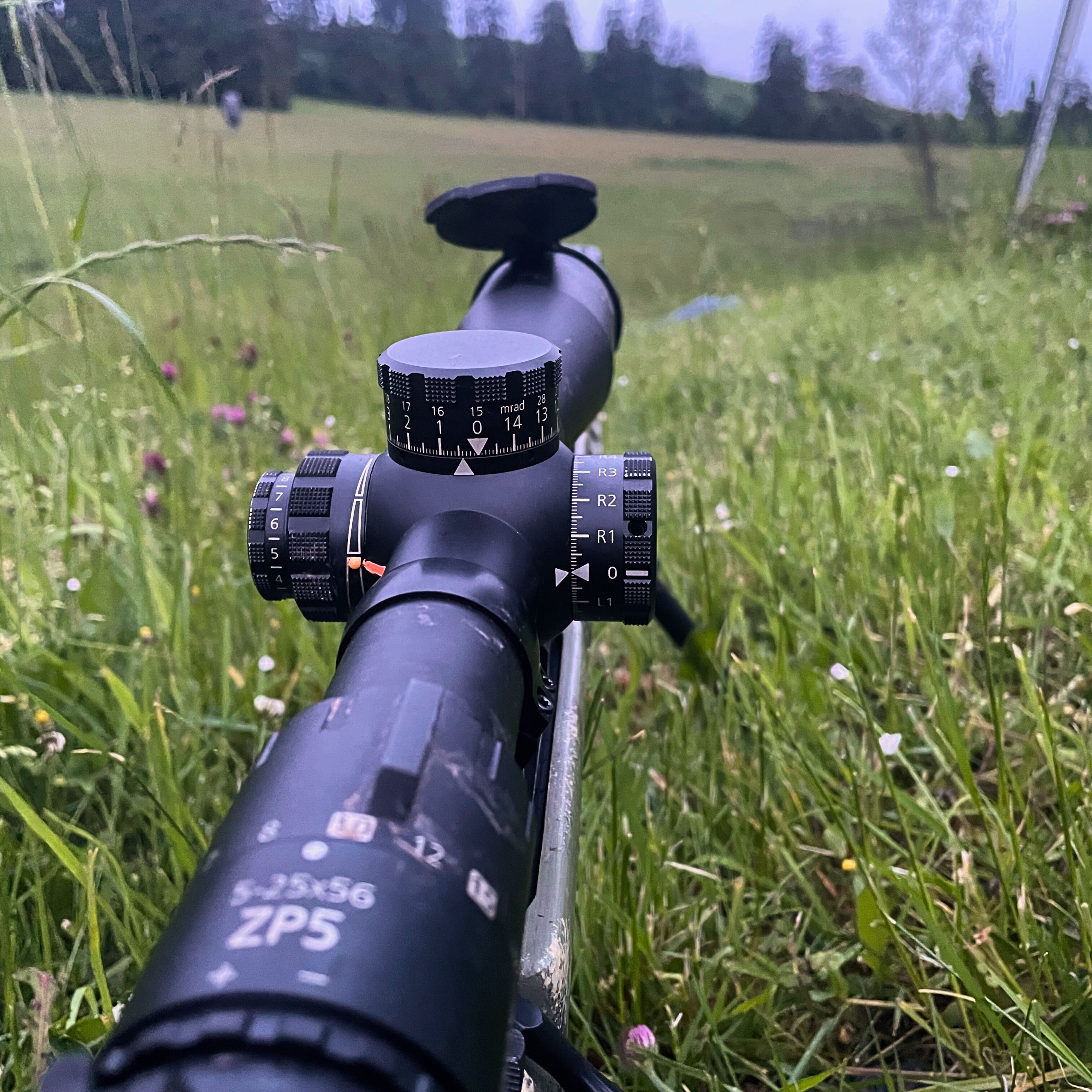
Montage und Einschießen
Our Minox PRO ZP 5 with a centre tube diameter of 34 mm was easily mounted on the Tikka Super Varmint in calibre 300 WSM using the Innomount bridge mount.
The first three shots are generally necessary for setting, after which the mount is tightened again with the torque spanner. After a 15-minute break, we shot the 5-shot group and corrected the elevation and windage using the adjusting caps until the reticle was aligned with the centre of the group. After a further pause, we then checked the 3-shot group. A 2 mm Allen spanner is used to decouple the adjusting caps with subsequent zeroing.
The MINOX ZP 5 in everyday hunting
After the shooting in, it was off to the hunting ground. The first field hunting missions at the beginning of the summer showed impressive results. Anyone used to a reticle 4 with a dimmable illuminated dot will appreciate the reticle contour with a central cross, especially at distances from 150 m on smaller game and beyond 200 m on hoofed game.
The reticle is located in the first image plane and can be dimmed in 11 steps on the left of the centre tube. On sunny days or in backlighting, the reticle illumination is no longer visible. In practice, this can be tolerated as the contour of the reticle stands out clearly from the body of the game or the target.
The edge sharpness and twilight performance are impressive, even if you have previously hunted with other premium riflescopes.
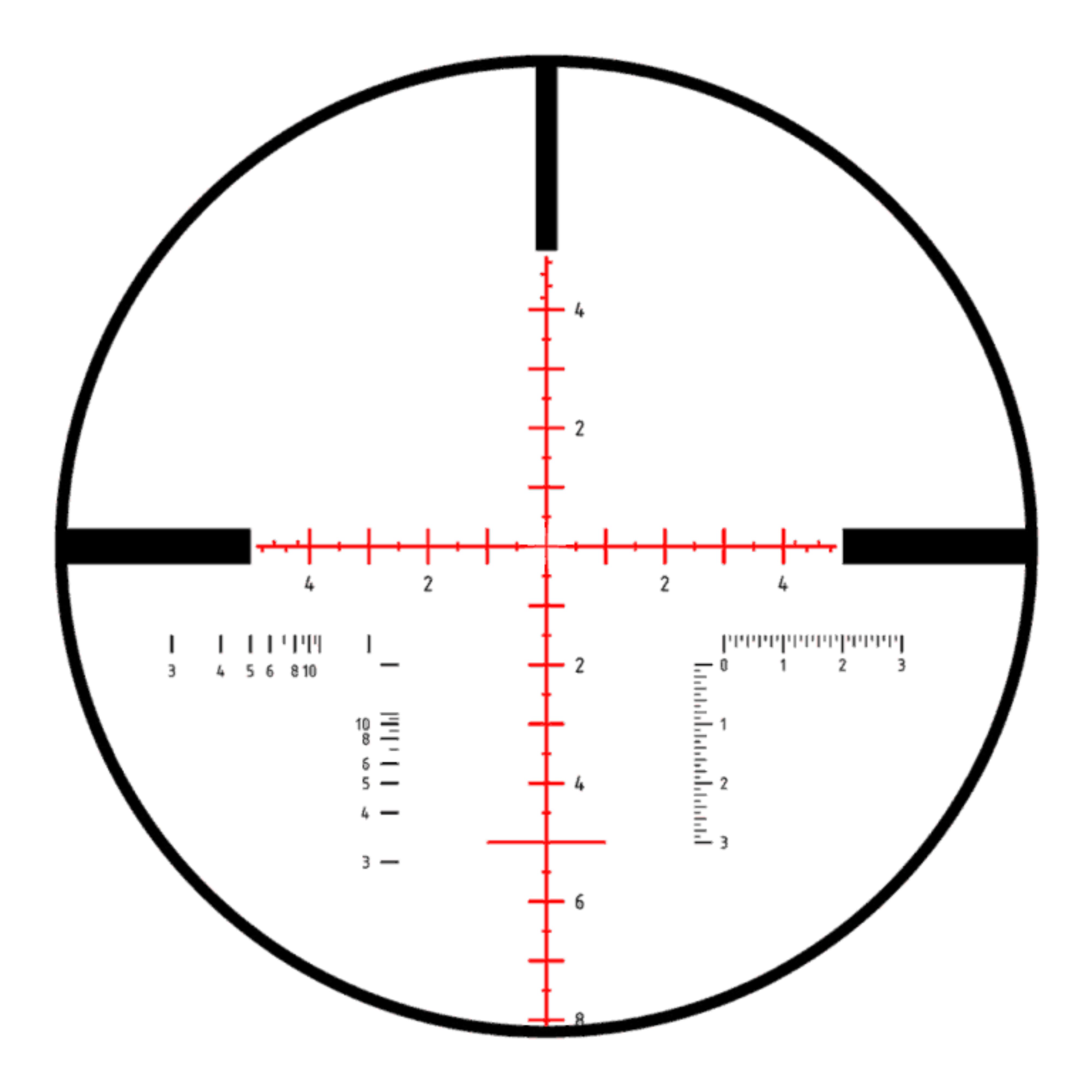
During the summer hunt, the Minox ZP 5 was a constant companion on the stubble hunt, where many a fox was brought down at distances of up to 450 metres. A laser rangefinder with integrated ballistic calculator is ideal for this purpose. The data entered was previously determined in the test for bullet placement at distances of up to 1000 metres and also compared with the Strelok Pro app.
With the start of autumn hunting and the first patches of fog, these devices may reach their limits in hazy conditions. Without a Mildot reticle in the first focal plane, long-range shots at game are no longer justifiable. With the ZP 5, it is possible to calculate distances with the aid of the reticle. This became necessary during the second test phase of chamois hunting in Austria at the latest. Constantly gathering fog and the onset of snowfall made chamois hunting difficult, and the rangefinder was now also giving incorrect measurements. As only the reticle of the ZP 5 MR 2 is illuminated, it was no longer possible to determine the distance as dusk approached. In these conditions, the responsible hunter reduces the shooting distance to well below 200 metres. However, the manufacturer offers a fully illuminated reticle with the MR 5 Pro model.
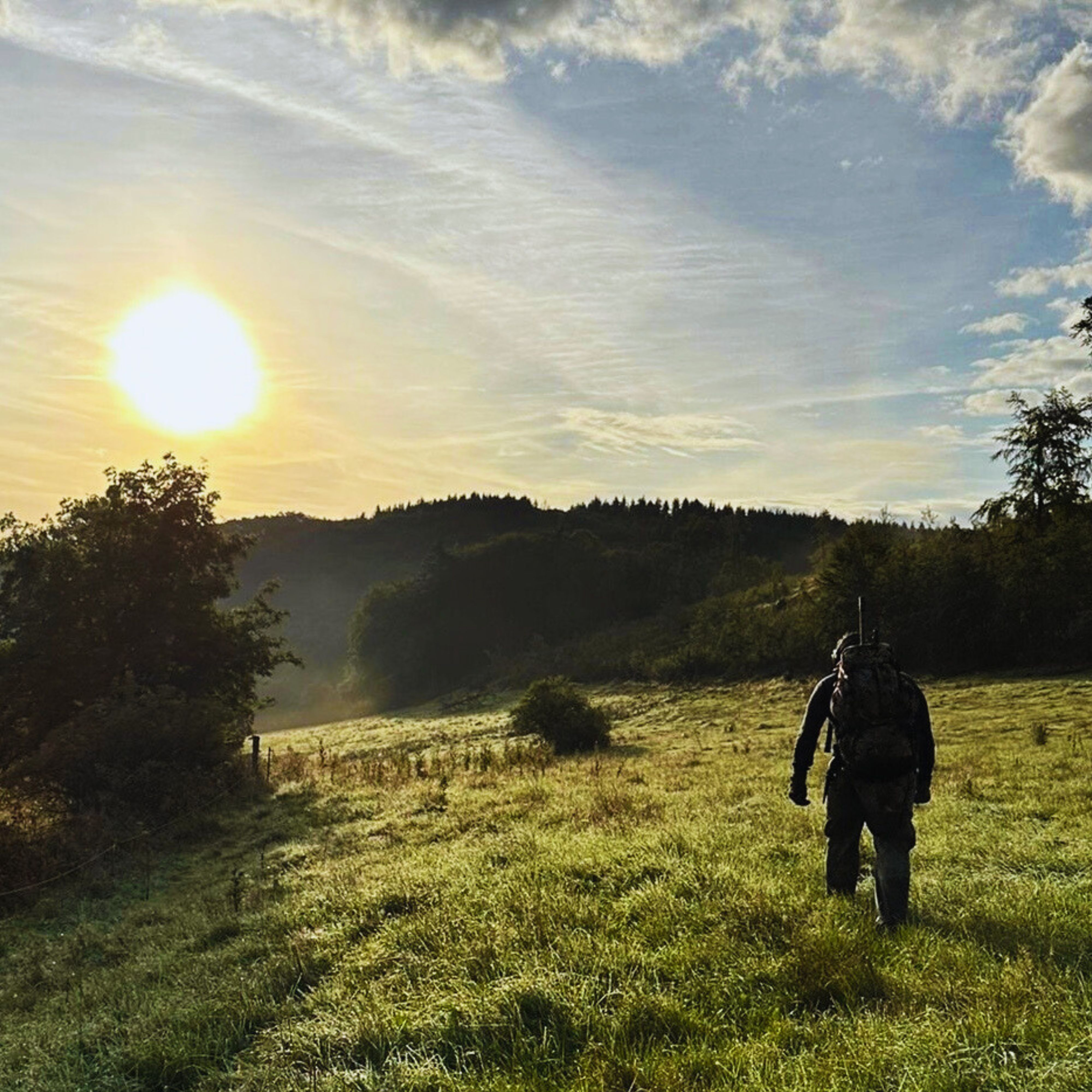
If you have the average head and body length of the game species to be hunted in your head, you can quickly calculate the distance. Beyond 300 m, however, you have to work precisely, because if the distance is incorrectly calculated, for example 325 m instead of the actual 280 m, the bullet drop in our test gun is 14 cm more, plus other factors such as wind or altitude above sea level. The result would be a miss or even a very poor hit. To determine the distance, the shooter can use the Mrad scale at the bottom right of the reticle and thus read the scale value more accurately.
For most hunting distances, the ZP 5 with its 25x magnification can be used perfectly for aiming depending on the ambient light. If the game is far away, you can use the low magnification to stabilise the weapon after spotting the game and then use the large zoom. The next step is to correct the parallax. Once the distance has been correctly determined, correct the bullet drop at the elevation turret and take the wind into account by shifting the hold point.
The reticle illumination is very helpful on dark game such as sows or a chamois buck and can be adjusted accordingly depending on the ambient light. In our last example, we observed red deer at a greater distance in the winter forest through the riflescope. Hunting shots should not be fired at these distances. The sporting long-range shooter, on the other hand, will certainly be delighted to hit at these distances.
The ballistics table (possibly with game measurements) can also be stuck on the buttstock of the rifle or on the inside of the protective cap on the eyepiece. For successful use, however, it takes a lot of practice, constant training of the distance calculation and a check by the rangefinder, which is always preferable to this ‘alternative’ distance determination. MINOX has the X-range 10 x 42 in its programme for this purpose.

Conclusion
With the ZP5, MINOX has an absolute premium riflescope in its repertoire. A CNC-milled tube body made of aircraft aluminium and the nitrogen filling in the tube are the basis for the toughest demands in everyday hunting. In many cases, spotting game at greater distances replaces the spotting scope. Many a hunter will appreciate the fine reticle in the first image plane, especially when things have to be done quickly or electronic devices show incorrect readings in fog or snowfall. In such situations and for long-range shooting, this riflescope has a clear advantage over the generally used reticle 4 in the second focal plane.
The optical quality with absolute sharpness right up to the edges is outstanding and definitely justifies the purchase price. Minox specifies a recommended retail price of €3223.00. The ambitious field hunter or mountain hunter will be delighted with the Minox PRO ZP 5 MR2.
